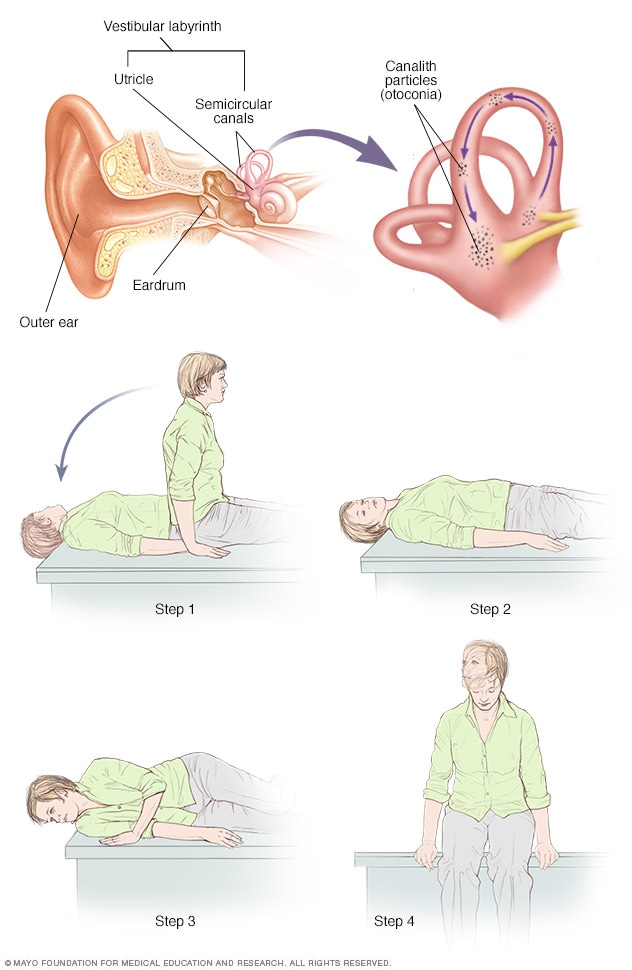Epley Man-Oeuvre Magic: A PDF Guide to Dizziness Relief!
Discover the Epley Maneuver PDF, a comprehensive guide on a proven technique to treat vertigo caused by BPPV, with step-by-step instructions for relief.

Vertigo can be a debilitating experience for those who suffer from it. The sudden sensation of spinning or dizziness often occurs without warning, leaving the individual feeling disoriented and unsteady. One of the most common causes of vertigo is benign paroxysmal positional vertigo (BPPV), a condition that results from small calcium particles in the inner ear becoming dislodged and causing disturbances in the balance system. Fortunately, there is a simple and effective treatment for BPPV called the Epley Maneuver, which has been proven to provide relief in many cases.
The Epley Maneuver was first developed in the 1980s by Dr. John Epley, an American ear, nose, and throat specialist. The maneuver involves a series of head and body movements designed to reposition the dislodged calcium particles, known as otoconia, back into the correct area of the inner ear. Once the particles are back in place, they are less likely to cause disruptions in the balance system, and vertigo symptoms should subside.
Before attempting the Epley Maneuver, it is essential to consult with a healthcare professional to confirm a diagnosis of BPPV and rule out other potential causes of vertigo. If BPPV is confirmed, your healthcare provider may perform the Epley Maneuver in-office or provide you with instructions on how to perform the maneuver at home. The Epley Maneuver can generally be performed in just a few minutes and may provide immediate relief from vertigo symptoms.
To perform the Epley Maneuver at home, follow these steps under the guidance of a healthcare professional:
1. Sit on the edge of a bed with your legs hanging off the side. Turn your head 45 degrees to the side that is causing vertigo.
2. Lie down on your back, keeping your head turned to the side. Your head should be slightly hanging off the edge of the bed. Hold this position for about 30 seconds or until vertigo subsides.
3. Turn your head to the opposite side without lifting it off the bed. Hold this position for another 30 seconds.
4. Roll onto your side in the direction of your head turn. Keep your head facing the same direction as your body. Hold this position for 30 seconds.
5. Slowly return to a sitting position and pause for a moment to regain your balance.
It is essential to move slowly and deliberately during each step of the Epley Maneuver to minimize the risk of aggravating vertigo symptoms. In some cases, the Epley Maneuver may need to be repeated several times to achieve the desired results. While many people experience relief after just one or two treatments, others may require additional sessions to fully resolve their vertigo symptoms.
While the Epley Maneuver is a useful tool in the treatment of BPPV, it is not a cure-all for vertigo symptoms. If you continue to experience vertigo or if your symptoms worsen after performing the maneuver, it is important to consult with a healthcare professional for further evaluation and treatment.
In conclusion, the Epley Maneuver is a simple and effective treatment option for those suffering from BPPV-associated vertigo. By repositioning the dislodged calcium particles in the inner ear, the maneuver can provide relief from vertigo symptoms and help individuals regain their balance and stability. Always consult with a healthcare professional before attempting the Epley Maneuver to ensure proper diagnosis and technique.



